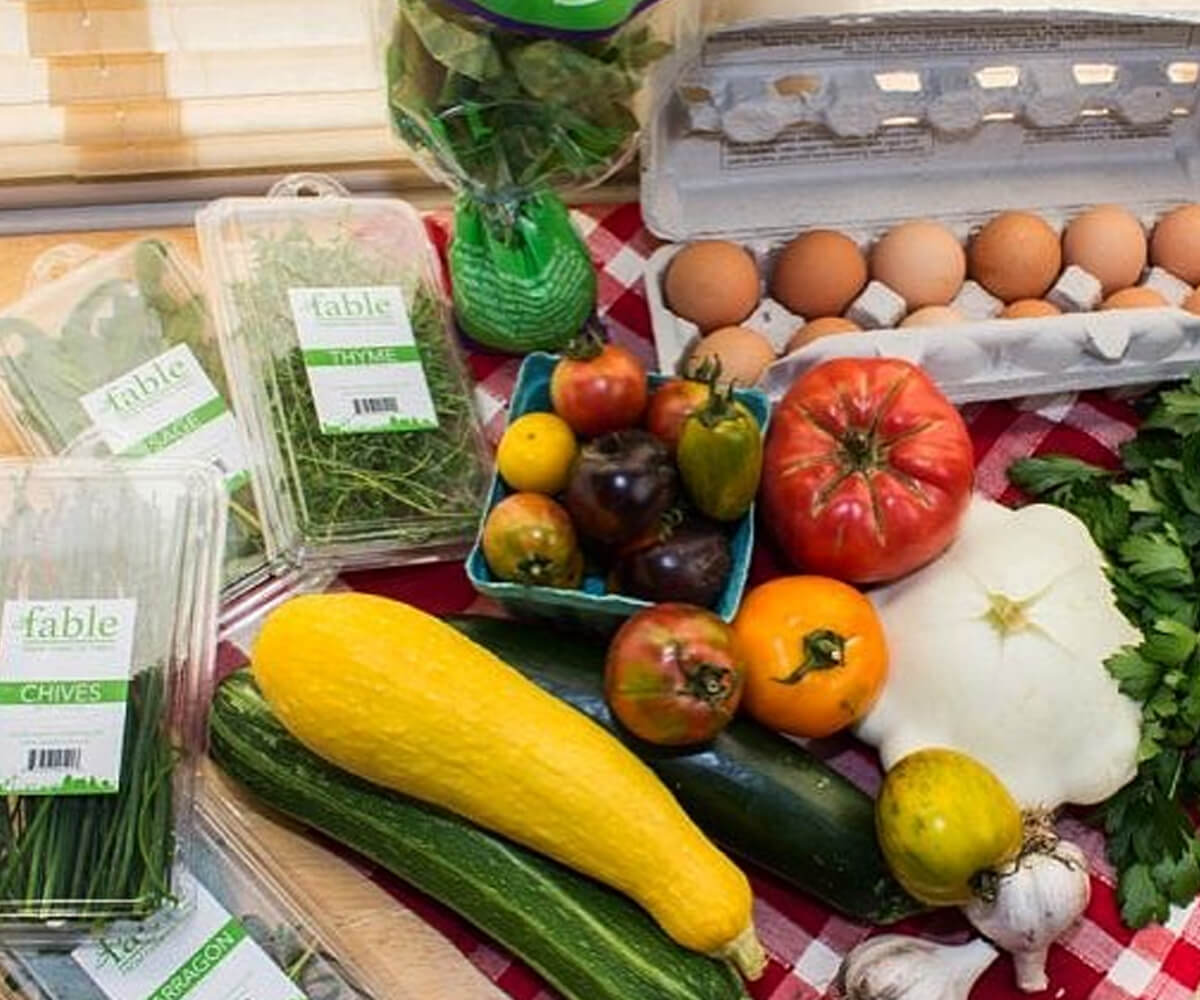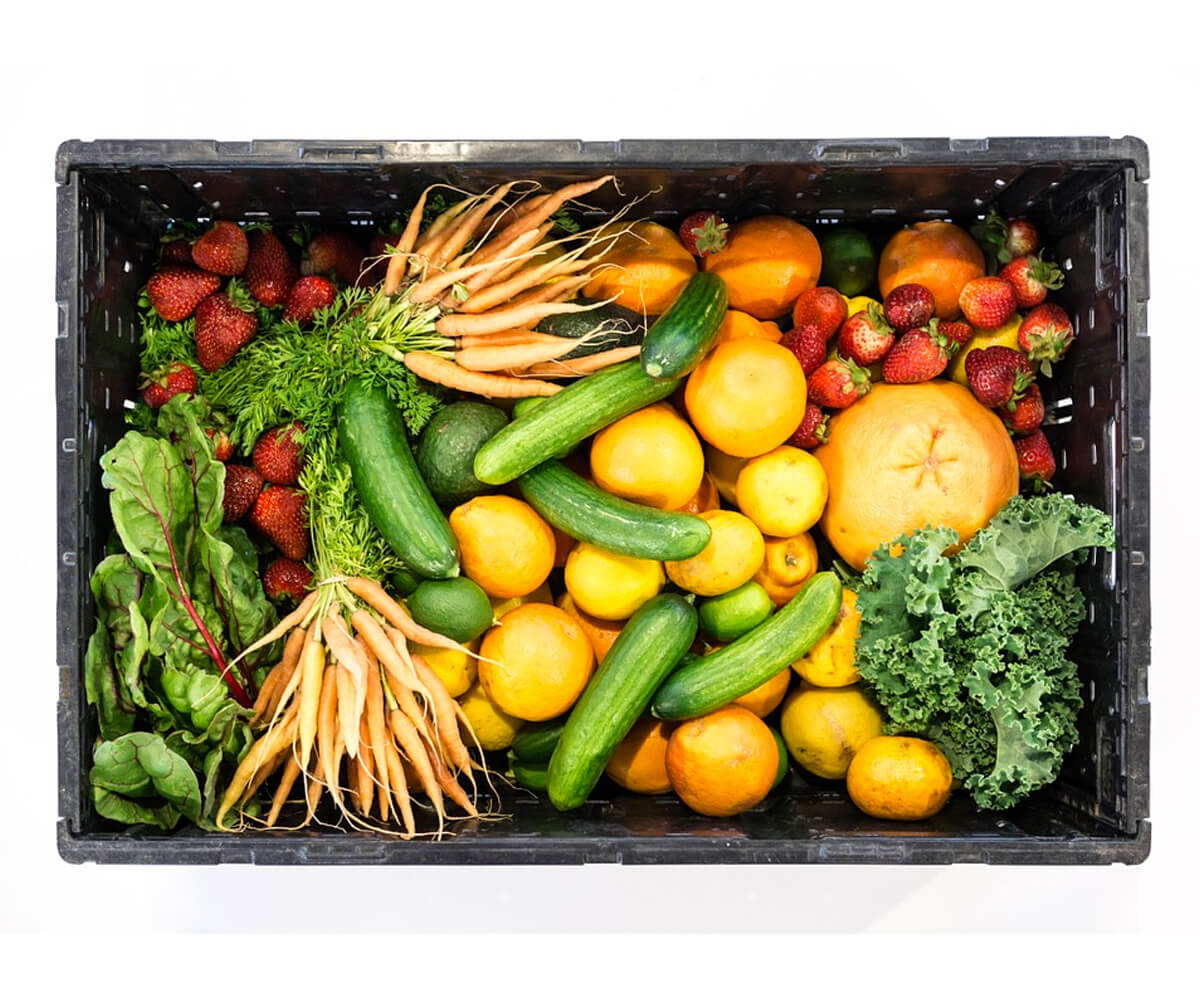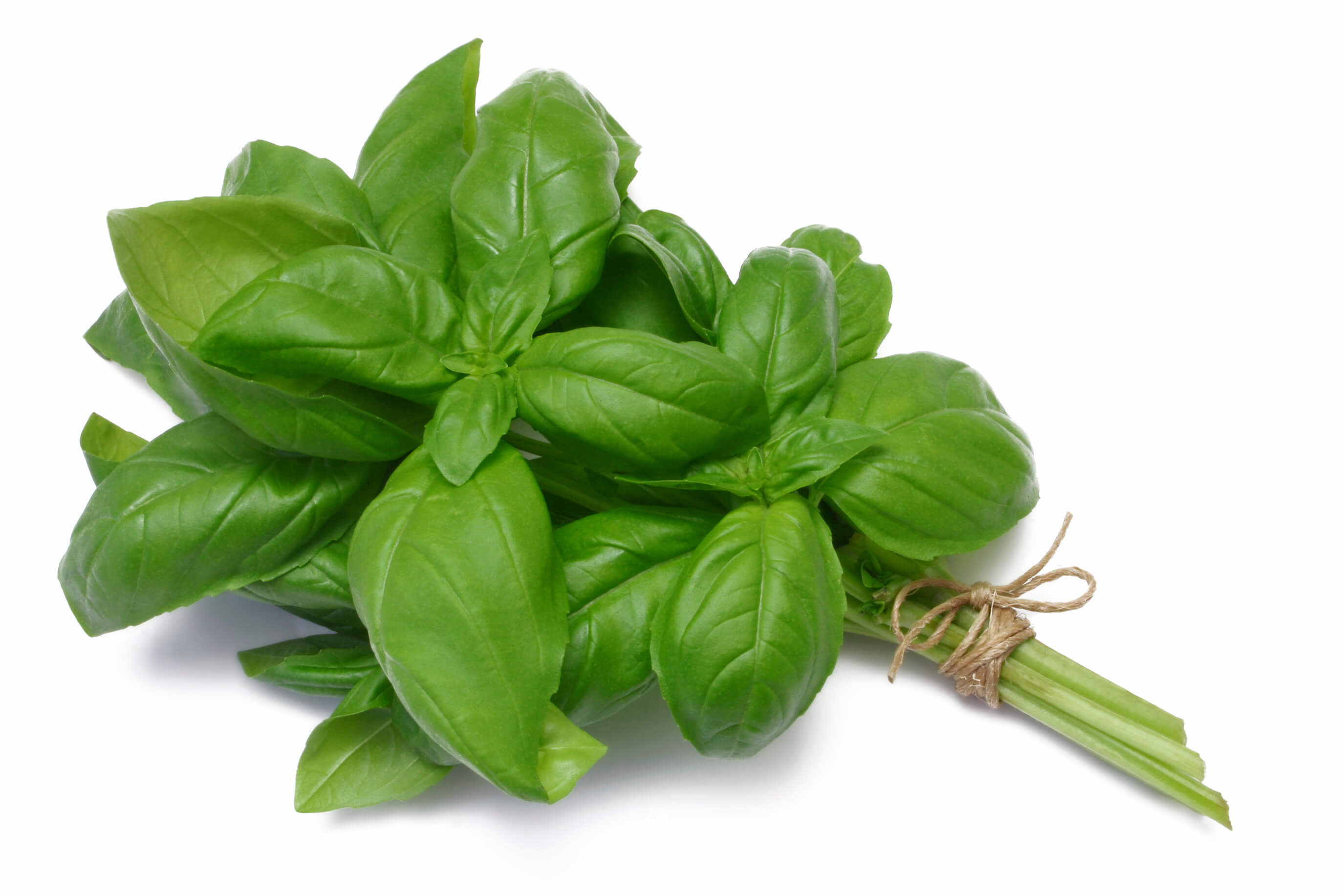First Time Farmer?
Follow These 3 Steps to Strengthen Your Loan Application


First time farmers can have a tough time qualifying for a loan. Like any business, it is hard to get financed when you don’t have a track record of sales. Luckily, we are seeing a number of options that can help you get qualified.
Loan financing can be a powerful tool when used properly. USDA farm loans come with low interest rates, backed by the federal government. FSA loans for first time farmers come with strong support and business planning services. With healthy financial planning, your monthly payments can be very reasonable.
If you are just getting started, you may feel like you are shooting in the dark. When a bank lender asks you “What are your pro forma revenue projections?”, your answer might be “I have no idea.”
The good news is: we can help!
Our team has been hard at work with a number of commercial farmers, both in the greenhouse industry and with fully indoor farms powered by LED lighting.
We are focused on the practical, real world information that you need to launch or expand a profitable farm. Here are 3 recommendations that will help you determine how to finance your farm:
STEP 1
Know your goals and starting size.
When we talk with aspiring farmers, we are often asked “How much will my farm cost?”
Our standard reply is: It depends…

The challenge is in finding the right size farm for your goals. These are the questions that we often ask when we are speaking with a first time farmer:
-
What are your financial goals?
-
Do you have land/facilities available?
-
Do you have demonstrated demand for your crops, preferably with volume requirements / production goals?
- What is your budget?
The farmer will often spend a lot of time balancing these questions, trying to find a solution that meets all of their goals. The type of financing you choose will depend on the answer to these questions.
Start answering those questions as early as possible.
STEP 2
Demonstrate how much demand there
is for your crops.
When it comes to farming, it can be hard to find a good starting number for a farm investment. We recommend that you start with demand.
Your success depends in large part on your ability to match production to demand.


Most lenders or investors will want to see your marketing and sales plan. They want to know if you have someone to buy the crops.
Many of the large greenhouses (eg. Brightfarms, Gotham Greens) are able to secure a supplier agreement with the grocery stores before they build the farm. They are able to lock up these supply agreements because they have a record of successful operations, and they can use their track record to achieve a successful negotiation with the retailer.
This approach will be out of reach for most smaller growers. It is just too risky for a larger customer to lock themselves into an agreement with a new supplier.
Instead, many smaller growers start with a few customers, and they establish their customer list one at a time through weekly deliveries. When you have a happy customer who loves what you do, it will be much easier to sign a seasonal or annual supply agreement.
In this scenario, there are a couple tricky decisions to make. You will need to establish a relationship with the customer early on, before you plant your crops, and try to understand their veggie preferences and volume requirements.
Once you have a production goal in mind, it is just a matter of growing the crops and making the deliveries.
We provide a Production Estimates Calculator to help you understand the production potential for your operation. For example, a 10’ by 20’ hoophouse can be built for around $3,500, and is able to grow 20 pounds of herbs and 20 pounds of greens (kale, lettuce, etc) each week.
Learn more about production goals and profitability.
SMALL MARKETS
The market for fresh herbs is especially profitable, so in this example, we are looking for a market that is willing to buy 20 pounds of fresh herbs every week, at a wholesale price of $1.50 an ounce. That’s $480 a week in sales.
Some places to look are:
-
Micro CSAs (friends and Facebook groups)
-
Local Restaurants
-
CSAs and Farmers Markets
-
Health Food and Specialty Retailers
- Corner Stores and Ethnic Groceries
LARGER MARKETS
Many people will be able to find a market for 20 pounds of herbs each week, but scale up your herb production to 100 pounds a week and this may not be so easy.
To reach their sales goals, some larger farms explore higher volume buyers like:
-
Institutional sales (Farm to school, farm to hospital, military bases, etc).
-
Food brokers
-
Larger Food Coops
-
Whole Foods stores
-
Chain restaurants
- Grocery stores
To diversify or not to diversify?



Some farmers will focus on one or two crops, and try to expand to fill the niche throughout their region. Basil is at the top of the list for first time farmers, and many growers are finding success replacing out of state basil imports.
Herbs in general are among the most profitable crops, and if you haven’t explored this niche, we often recommend that you begin looking at grocery store shelves and speaking with restaurants about their herb supply.
In particular, you will want to know if there is competition from local producers, or if all the herbs are trucked in from out of state.
The benefits of this approach are that you are able to focus on a few crops with similar growing requirements, and avoid the confusion of managing multiple crops and multiple customer categories.
The downside is that your volume may be limited while you find your niche and scale up.
Other farmers will explore crop diversification strategies to expand their offerings. They may be looking at root crops like garlic or carrots; vine crops like tomatoes or cucumbers, and a full line of leafy greens and herbs.
The benefits are that you may have a larger crop mix to offer each customer, and may be able to reach a higher volume of sales.
The downside is that you will have more moving parts to manage, and the learning curve for each crop can be steep.
The bottom line:
There are tradeoffs with both approaches, and we don’t have an all seeing eye to know exactly which is the better approach. How you choose to scale your farm will depend on your strengths, weaknesses, and business savvy.
We work to share information that will help you choose a crop mix and approach your customers at the right time and with the right information. While competition among farmers is always a reality, we are committed to as much transparency as possible while respecting our farmers’ privacy.
STEP 3
Get your financial house in order
If you are just starting out, it can be hard to qualify for a loan. If you don’t have a history of farm profits, you can try these steps to get started:
- Start with your own savings, and begin with a few smaller customers
- Use a micro loan to expand your farm (Kiva Zip Loan or Accion USA)
- Ask friends and family for a loan
- Use a government grants like the NRCS Hoophouse initiative
Business loans are hard to get. When you approach a lender, they will appreciate that you have started your farm with your own resources. If you have a record of sales, and you can show that there is demand for your products, your lender will be thrilled.
You should have the following information in hand before you speak with a lender:
Sources and Uses of Funds – you will want to know exactly how much you are asking for, and what you intend to do with it.
Balance sheet – this shows what assets you have in your farm business, along with any money you are owed or debts that you owe to others (liabilities).
Income statement – this shows what profits (or losses) you have had in the past year.
Statement of Cash flows – this is important!
Insurance information – many lenders will request proof of insurance before lending you money.
Marketing plan – this will show how you intend to get your product in front of your customers. The Buyer Intention Survey can be used to demonstrate that there is a demand for your crops.
Credit history – the U.S. government provides a free annual credit report. You can check yours at annualcreditreport.com.

